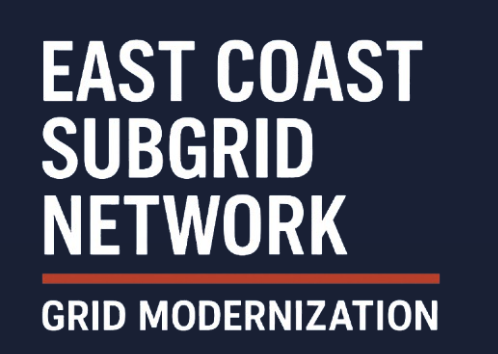The American infrastructure grid was designed over a century ago to support light bulbs and telephone lines.
Not for data centers, EV charging stations, robots, or new forms of renewable and clean energy.
The foundational systems beneath our feet—power, energy, utilities, and transportation—must be upgraded, expanded, and reimagined to meet the demands of an electrified, automated, and rapidly growing economy.
The American Grid Company is assembling a national portfolio of first-in-class family-owned companies that have quietly been handling these upgrades and transitions. Everything from consulting and planning to permitting, trenching, conduit installation, utility coordination, and final energization.
The goal is to unite these specialized operators under one roof and own the entire last-mile process required to modernize the grid and deliver the next generation of energy, power, utilities, and transportation
The Four Critical Infrastructure Stacks AGC is Modernizing
Each stack is vital to modern life but wasn’t built for today’s demands
The Power Stack refers to the utility-side infrastructure that delivers the electricity needed to power today’s most energy-intensive projects—from data centers and EV fleets to smart buildings and robotics. These are the critical power upgrades that unlock capacity, prevent delays, and future-proof facilities for the demands of AI, electrification, and industrial innovation.
The Energy Stack represents the building-side infrastructure responsible for powering the next generation of homes, schools, hospitals, and campuses. As demand for clean energy rises and legacy buildings fall behind, these upgrades are no longer optional—they’re essential. The AGC portfolio companies will perform the physical work to retrofit, wire, and prepare buildings for a grid that’s smarter, cleaner, and built to support a growing, electrified population.
The Transportation Stack represents the evolving infrastructure beneath our roads—where power, data, and mobility converge. From high-voltage EV chargers and autonomous vehicle systems to fiber-linked intersections and smart traffic infrastructure, this stack supports the future of connected transportation.
Traditional roadways were never designed for real-time data exchange, automated logistics, or the energy demands of next-gen vehicles. Today’s streets need to be retrofitted to support a new era of connected mobility—EV charging, autonomous vehicles, fiber-linked intersections, and smart traffic systems.
The Utility Stack represents the full suite of underground infrastructure—water, sewer, gas, fiber, and fire suppression—that powers both new development and urban expansion. These systems are the hidden arteries of a functioning community, yet many remain outdated, fragmented, and poorly coordinated.
From hydrant lines to fiber pathways, the Utility Stack is what keeps smart cities and growing towns connected, compliant, and ready for growth. AGC’s portfolio modernizes these systems by managing trenching, installation, and permitting, ensuring projects move forward without delays or disconnects.
Three Regions
One National Approach
The American Grid Company is launching the portfolio across three strategically selected regions—Mountain West, Tennessee Valley, and the East Coast—each anchored by a top-tier civil and utility contractor with deep local knowledge and proven field execution.
The AGC Family of Companies:
The Right Partners For Grid Modernization Projects
1. Local Contractors Who Know the Dirt
AGC’s partners are led by regional operators with deep knowledge of the terrain, permitting agencies, inspectors, and local subcontractor networks. These are the contractors who’ve worked the ground for decades—they know how to navigate real-world bottlenecks and get projects moving.
2. Proven Crews Doing Proven Work
AGC’s partners are not new entrants. They’re experienced utility and civil contractors who already perform trenching, conduit, transformer, and fiber work every day. You’re not hiring a startup—you’re tapping into seasoned execution teams with boots-on-the-ground capability.
3. Centralized Systems That Keep Projects Moving
We back our local execution teams with AGC’s centralized platform, handling everything from permitting, scheduling, coordination, and compliance to streamlined communication with utilities and AHJs. That means fewer delays, fewer handoffs, and no guessing on who’s responsible.
4. One National Standard for Quality and Delivery
With the AGC portfolio, decision makers don’t need to chase down five subcontractors across three counties; they get one interface with standardized expectations, clear accountability, and consistent execution from region to region—whether you're building a data center in Virginia or electrifying a subdivision in Colorado.
5. Built for the Demands of Modern Infrastructure
AGC was designed to support the urgency of today’s energy and tech landscape—from AI-powered data centers to EV fleet charging and smart city deployments. The network can mobilize fast, scale to national needs, and integrate every piece of the utility stack under one coordinated model.








